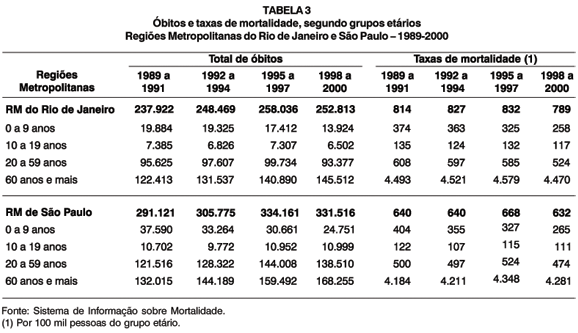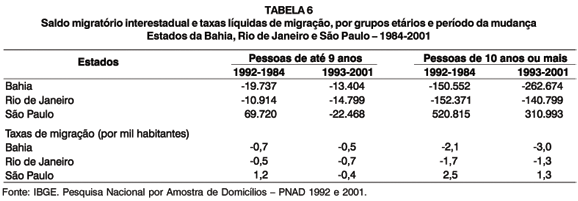This article analyses the effects of demographic variables on unemployment rates in the Metropolitan Region of Rio de Janeiro (MRRJ), which, since the 1990s, has been the area in Brazil with the lowest unemployment rates, especially when compared with the Metropolitan Regions of Sao Paulo and Salvador. This paper discusses the effects of the fall in fertility since the 1960s, the aging population, the higher mortality rates among young males in recent decades, and the declining trend of immigration toward the region, factor that tend to produce lower unemployment rates locally. In fact, empirical data collected in surveys show that lower unemployment rates in the MRRJ seem to be a consequence not only of economic factors, but also of a favorable set of demographic trends related to lower immigration, earlier and persistent fall in fertility, higher mortality levels at working ages, and less labor by the elderly. All these factors yield lower increments in the workforce than that seen in the other regions analyzed.
Workforce; Unemployment; Economic activity; Demographic components







